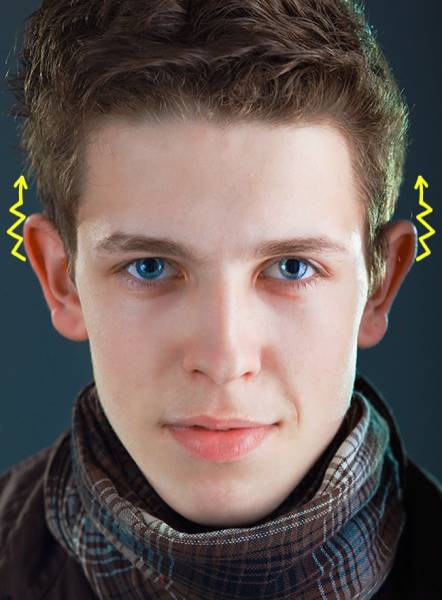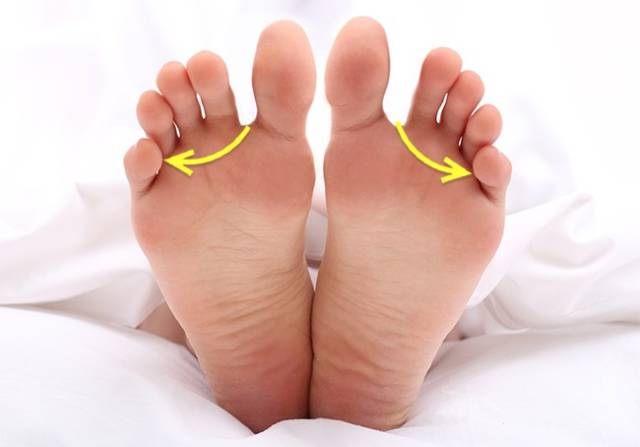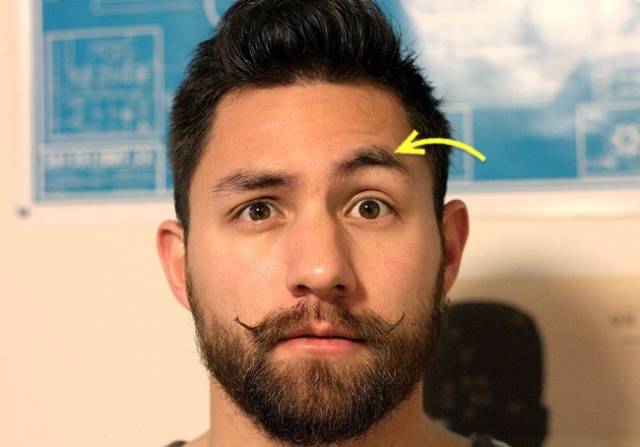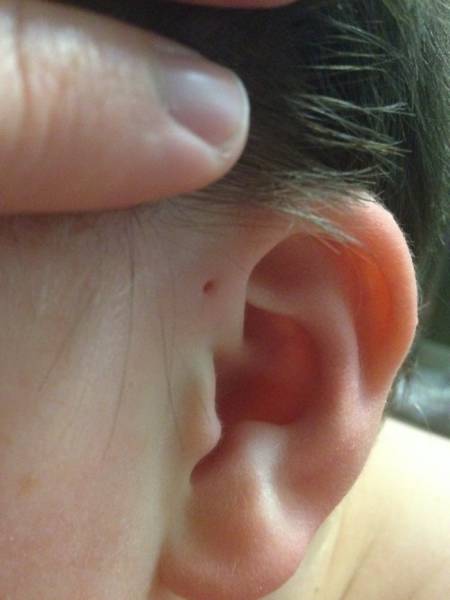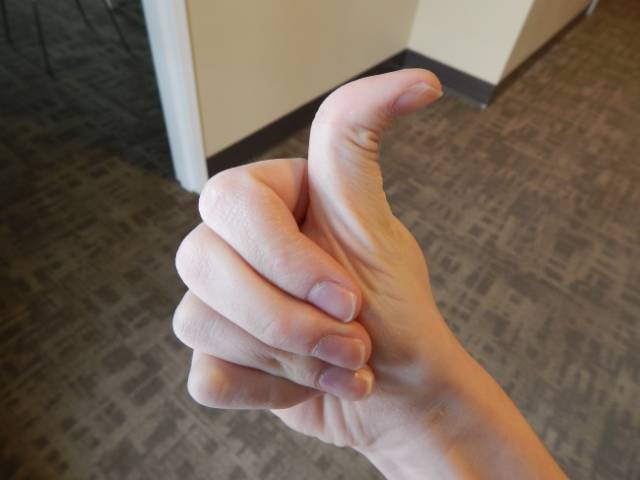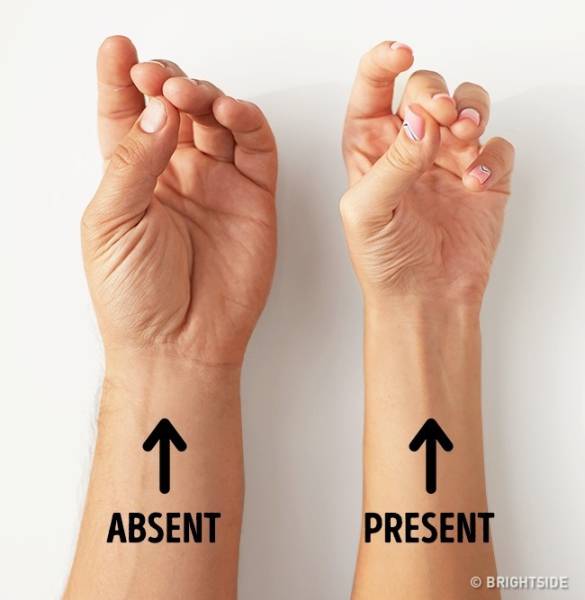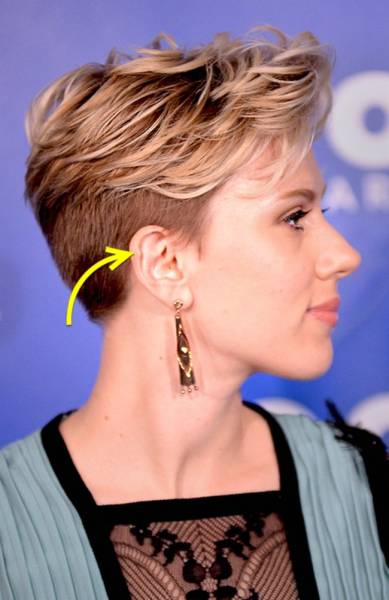Flexible tongue
When it comes to the "flexible tongue" skill, certain tongue length and muscle tone are a must. In addition to genetics, the environment can also be a factor in this trait’s formation. For example, Indians are particularly likely to have flexible tongues. Scientists believe that this has to do with the peculiarities of their language.
The extent of tongue flexibility may vary. Researchers even went as far as to conduct a special study on the subject. 63% of the test participants managed to fold their tongue into a roll, 14% managed to bend it in half, and less than 1% were able to shape their tongue into a triple pipe.
Movable ears
Approximately 22% of people on the planet are capable of wiggling one ear, while no more than 18% can do it with both ears. But this was not always so: our distant ancestors used to be true virtuosos at making all sorts of movements with these body parts. The fact is that the muscle responsible for ear movement was once well developed in humans but became redundant in the course of evolution.
The ability to wiggle individual toes
No matter how you try, you won’t be able to wiggle each of your toes in turn. That’s because only the big toe and the little toe are fitted with individual muscles, while the rest are controlled en masse by just one set of muscles. Most people in the world can easily move their big toes, but only a minority can do it with little toes.
Incidentally, some researchers advise women against marrying men who can wiggle their little toes separately from the rest: such people tend to attach too much importance to their personal freedom!
The ability to touch your elbow with your tongue
It is believed that no more than 1% of people in the world have this ability. To perform the trick, you need to have a particularly short forearm and a long tongue. But, even with these features, you’ll still need good flexibility and very strong motivation!
Diastema
Diastema is a gap between the front teeth, occurring in about 20% of humans. From the viewpoint of dentists, it’s an anomaly that requires medical intervention. But many people, including celebrities, think that this feature adds uniqueness to their image!
The ability to raise one eyebrow
The ability to raise only one eyebrow depends on how well you can control your facial muscles. Interestingly, people born with this feature often possess the skill to move their ears as well. Scientists believe that early humans were able to wiggle their eyebrows separately — the way certain present-day species of monkeys do at the sight of danger.
Dimples on the cheeks
Possessed by approximately 25% of the world’s population, dimples are a defect in the structure of the zygomatic muscle, which is responsible for smiling. In people with this physiological feature, a small bundle of the muscle gets attached to the bone. As a result, when a person smiles, a portion of the cheek is drawn inward. Dimples are particularly noticeable with chubby cheeks because fat makes the indentations more pronounced.
Holes above the ears
Approximately 5% of people on the planet are born with a small hole above one or both ears. Interestingly, in the USA, such people constitute less than 1% of the population, while in Asia this distinction is diagnosed in approximately 10% of newborns. Scientists are yet to reach a conclusion about the causes of this feature’s formation and the role it plays in the body, but some believe that the holes could be an evolutionary remnant of fish gills.
Hitchhiker’s thumb
Hitchhiker’s thumb is a physiological phenomenon in which the upper phalanx of the thumb can bend 90 degrees in the direction opposite to the palm. This hyperextensibility is caused by the presence of a special gene, known as the "bendy thumb gene." Such a feature is inherited and occurs in about 25% of people.
Missing tendon
Gather all the fingers of one hand together, and tense your wrist. If the tendon on the inner side of the wrist doesn’t become visible, you must be one of the 14% of people who don’t have the long palmar muscle. This muscle belongs to the vestigial parts of the body — those whose necessity has disappeared in the course of evolution. Experts say that the absence of the long palmar muscle does not affect the grip strength or any other functions assigned to the hands.
Darwin’s tubercle
The protruding segment on the inside or outside of the ear is called the Darwin’s tubercle. The famous scientist once suggested that this feature was the consequence of the fact that early people’s ears used to be pointy. It is believed that those who possess this distinction (no more than 10% of the world’s population) are better at sensing voice tonality. Such people can also hear high-frequency sounds and clearly identify particular sounds, even in noisy places.


